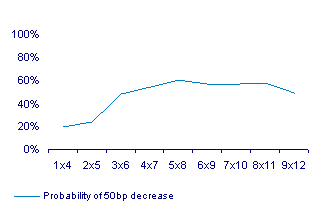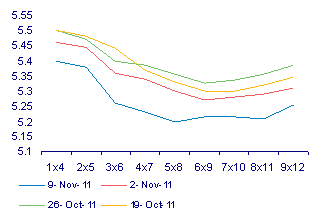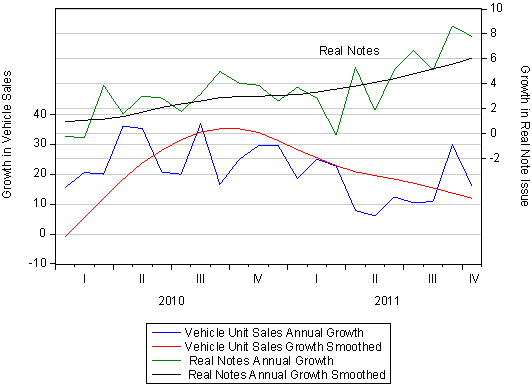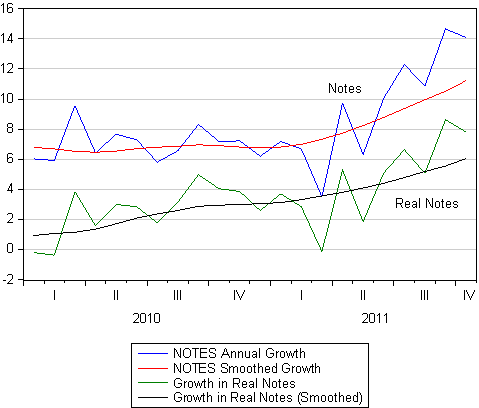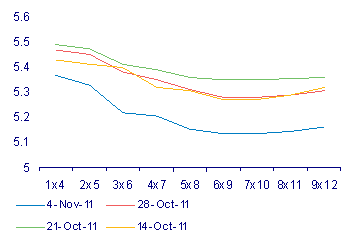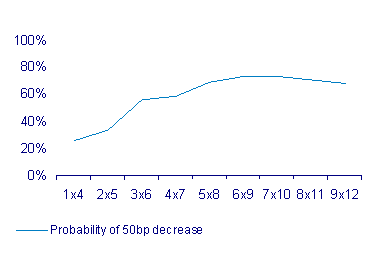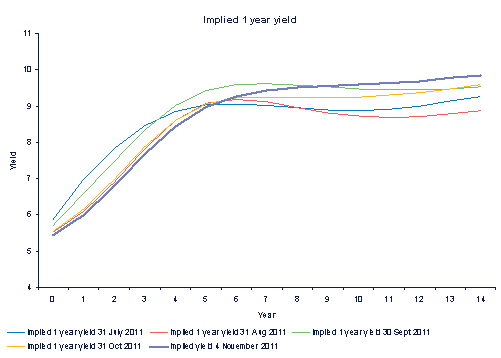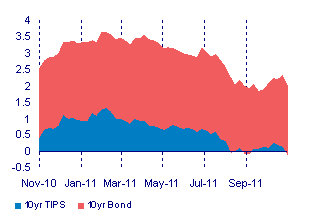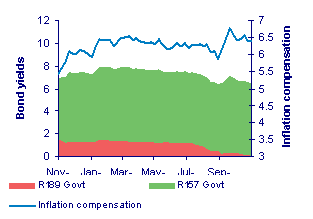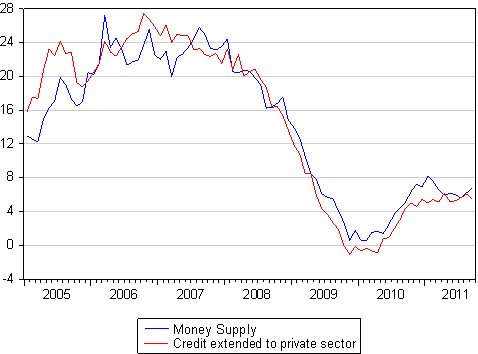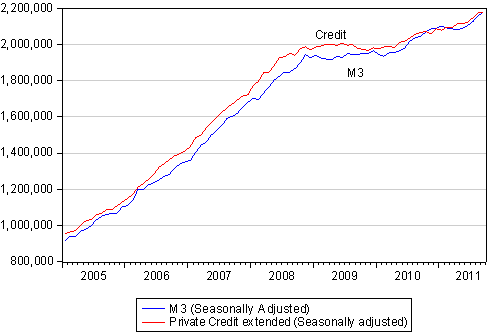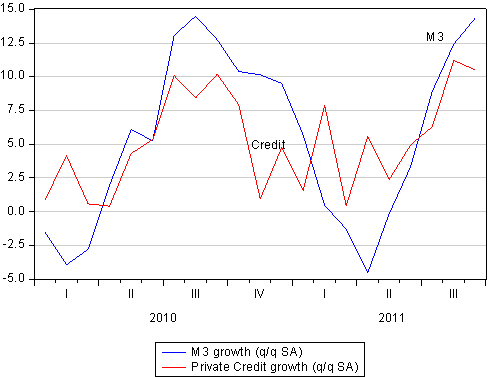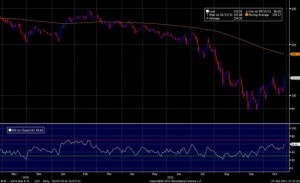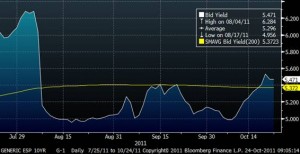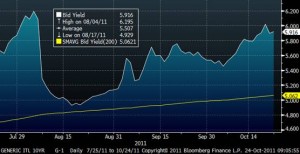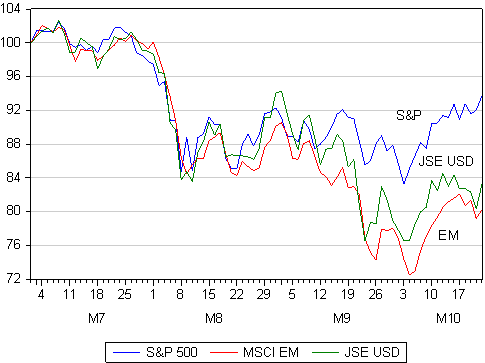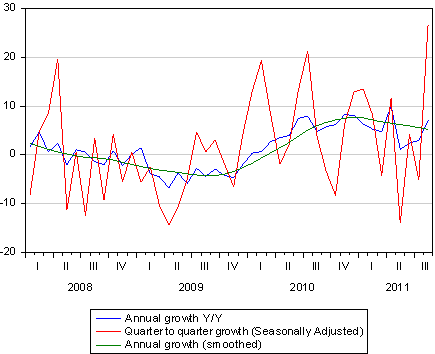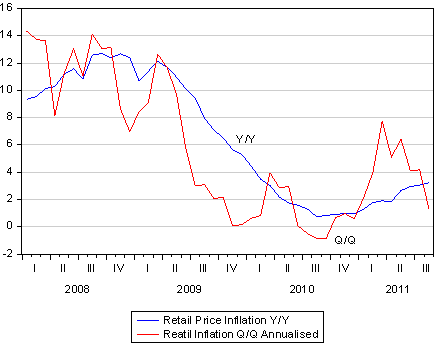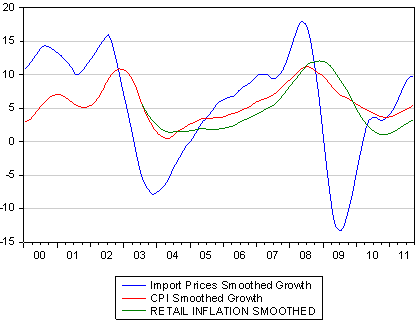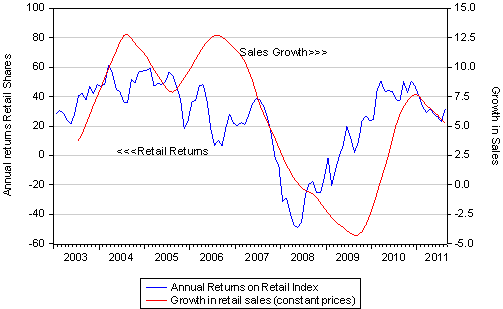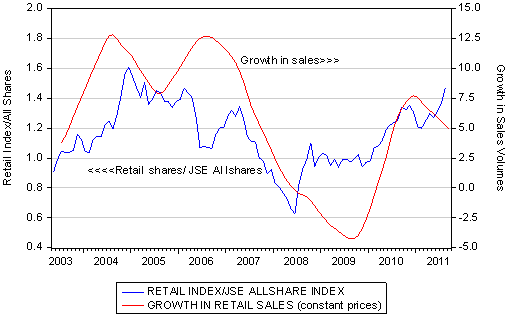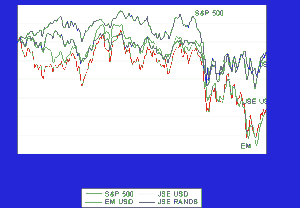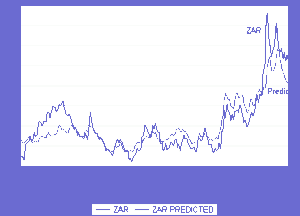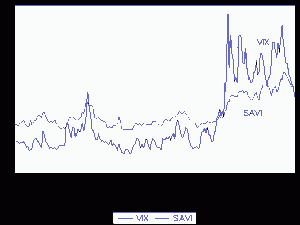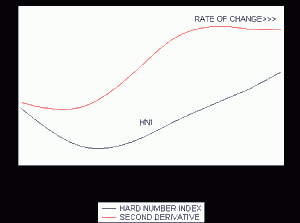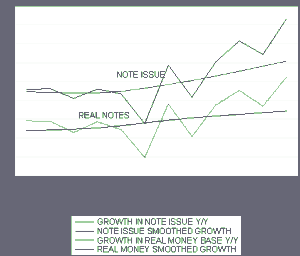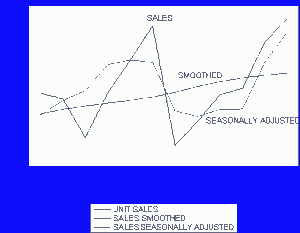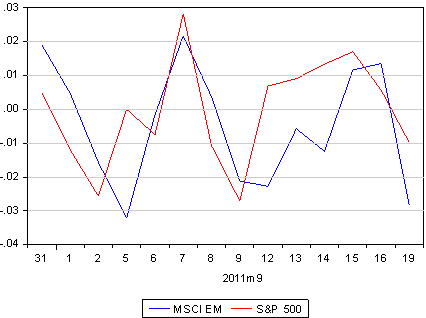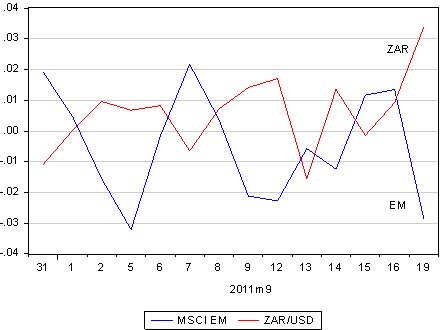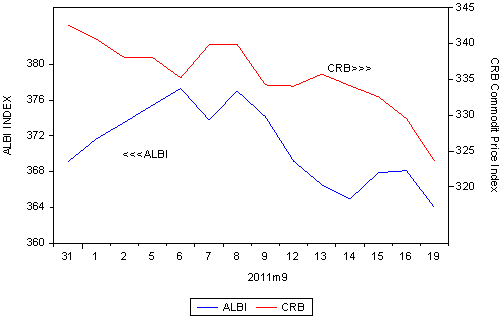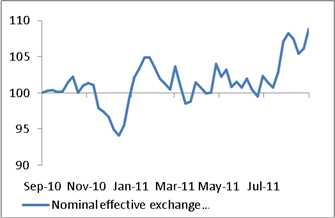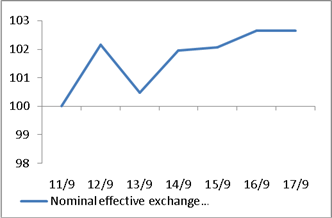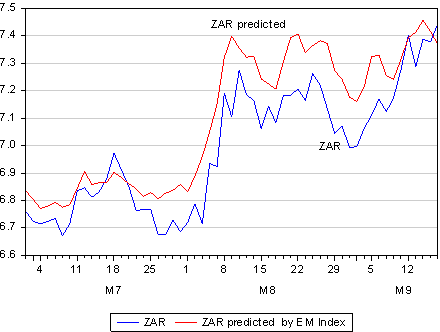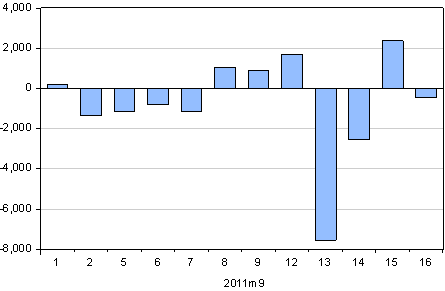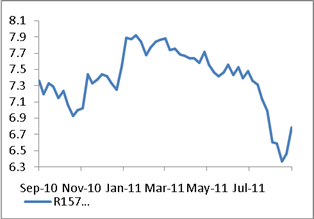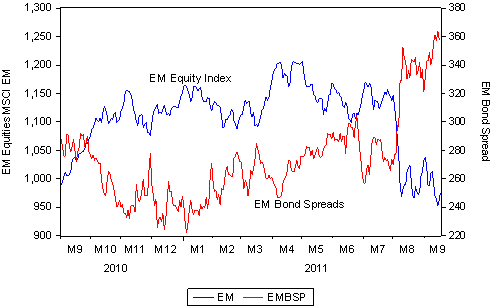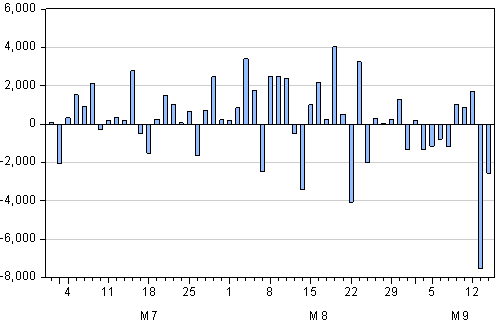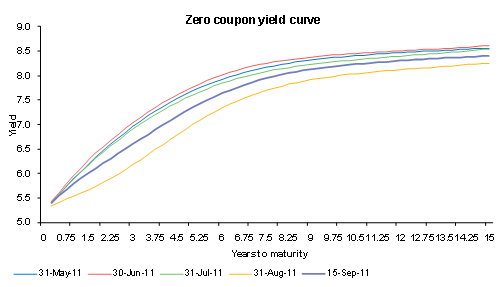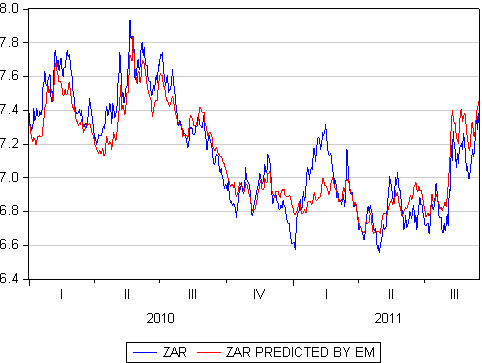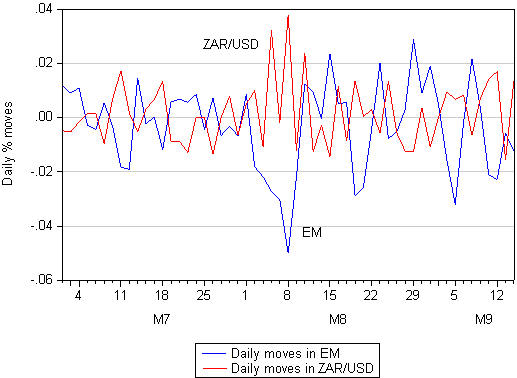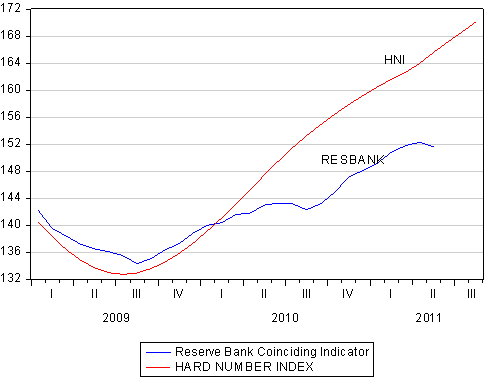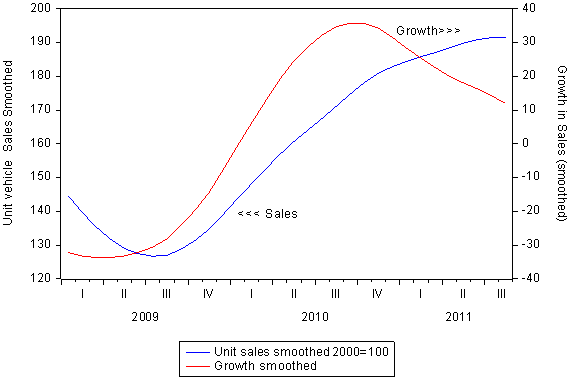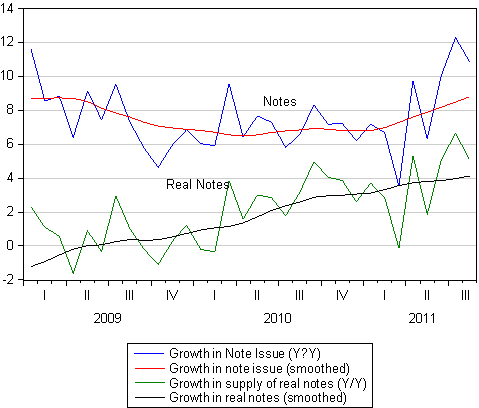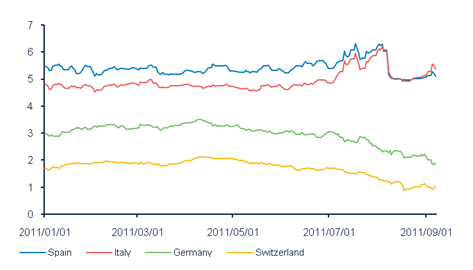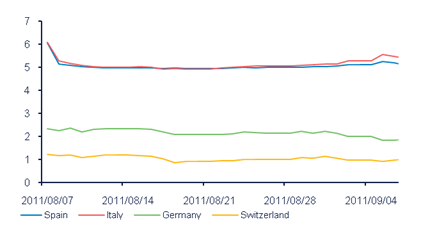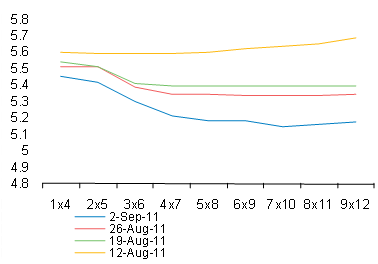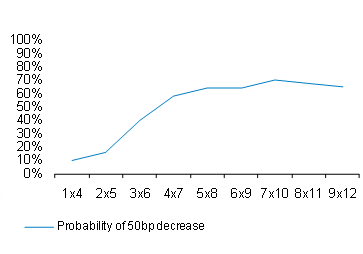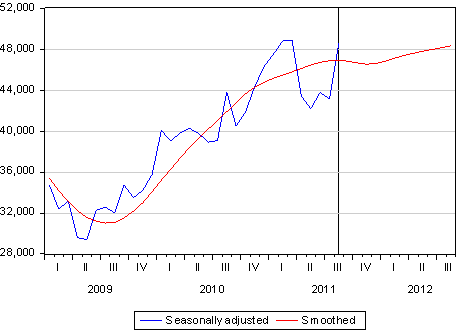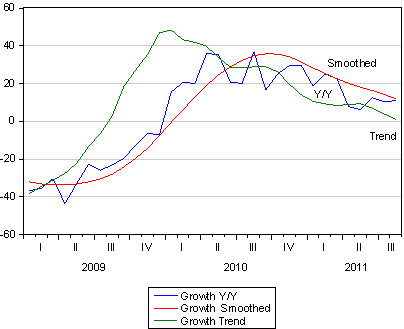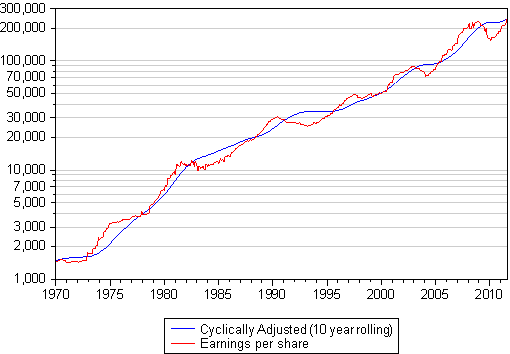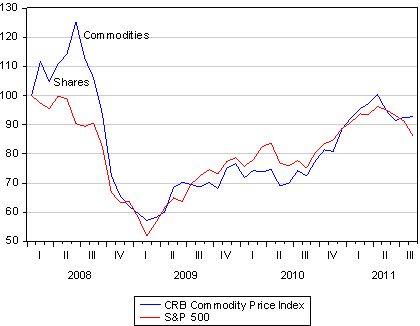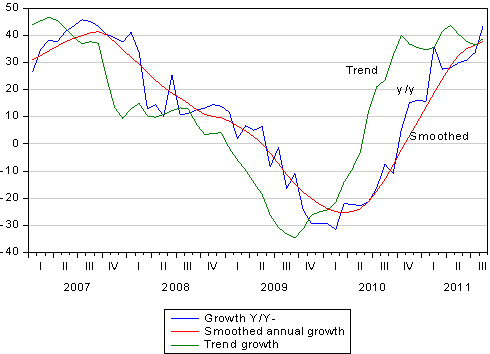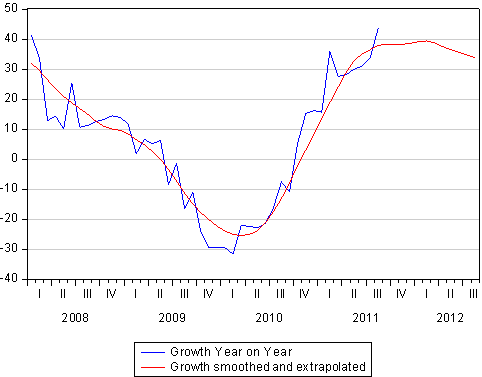We have heard the same story before from the Reserve Bank MPC. With every reason to cut rates to improve the growth outlook and to alleviate the risks of slow growth (as highlighted recently by Moody’s), the MPC again stood pat as it has done since November 2010, when it last cut rates in surely very different and less propitious circumstances.
Yes, as we are constantly reminded, the inflation rate remains stubbornly high despite the recognised weakness of domestic demand. But what is not acknowledged is that the inflation rate is beyond any predictable influence of the Reserve Bank. This fact of economic life is simply ignored by the MPC which employs a highly flawed theory (that enjoys no empirical support whatsoever from the SA evidence) of the forces that have driven inflation in SA over the past 10 years. The MPC appears simply not up to the intellectually demanding task of adapting its highly conventional theory of inflation to recognise its anti-inflationary impotence or the seriousness of the slow growth outlook. Its responsibility is to do what it can for growth (which is all the Reserve Bank can realistically hope to do), that is, influence the domestic growth rate with its interest rate settings so that it may better fall in line with potential growth.
The fact is that the exchange rate drives inflation in SA and the exchange rate is dominated by highly unpredictable global forces beyond the influence of SA monetary policy. Inflationary expectations have remained highly stable in SA and only modestly influenced by inflation itself. Any possible feedback from more inflation expected to more inflation has clearly not been in evidence. Moreover there has been no predictable impact of changes in policy determined interest rates on the exchange value of the rand. Therefore it should be recognised that while interest rate settings influence the level of aggregate demand in SA, the links between changes in aggregate demand and inflation have been overwhelmed by exchange rate changes (and will continue to be so overwhelmed). In the same way, any possible influence on the inflation rate of inflationary expectations will be overwhelmed by unpredictable exchange rate developments and to a lesser extent by global food and commodity prices. The so called second round effects on inflation are but an article of faith for the members of the MPC. Good monetary policy takes more than faith in conventional and also flawed theories of inflation.
This is a disappointment. We had hoped for better from Governor Marcus – but we are inclined to the view that we should not now expect a more growth sensitive approach from her and her committee.
It is very hard to anticipate the change in circumstances that could lead to a rate cut anytime soon. If not now then when? The inflation outlook will remain unchanged (absent of any important reversal in the rand) that can only come with an improved global growth outlook that in itself would reduce the argument for lower rates. And so we can anticipate an extended period of sub-optimal growth, inflation at or about the upper band of the target range – and thus an extended period of interest rates at current levels. Brian Kantor
